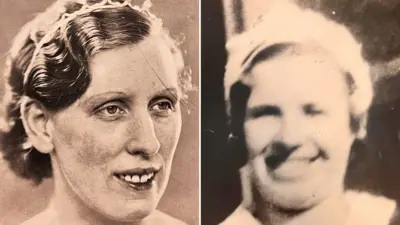We've updated our Privacy and Cookies Policy
We've made some important changes to our Privacy and Cookies Policy and we want you to know what this means for you and your data.
What exactly is a major incident at a hospital?
A major incident was declared at Belfast's Royal Victoria Hospital on Wednesday due to a large backlog of patients at the A&E department. But what denotes a major incident?
The Department of Health and Social Care in Northern Ireland defines a "local emergency" or "major Incident" as .
The response to a major incident will be co-ordinated by either the police, the local council, or an individual health and social care trust.
Examples that could trigger an emergency response on this scale include:
ŌĆó an outbreak of infectious or communicable disease (MRSA, Norovirus);
ŌĆó water / sewage contamination;
ŌĆó chemical pollution;
ŌĆó weather alert from the Met Office;
ŌĆó flooding / power cuts impacting upon vulnerable sectors of society; or
Image source, PA
ŌĆó escalation via the CCG (NI) multi-agency response protocol
The NI Direct website says health trusts are accustomed to "normal fluctuations" in daily demand for services and will respond to such emergencies with local emergency plans.
Colm Donaghy from the Belfast Trust said the last time a major incident was called in that trust area was about 18 months ago when a bus overturned on Great Victoria Street, Belfast.
Unison's Patricia McKeown said a major incident used to be a major Troubles-type incident like bombing or shooting, or major road accident or incident at airports.
However, she said A&E services "had been "ground down so much" that something less can be classed as a major incident.
"A major incident is a very large amount of people needing A&E treatment who can't get it," she added.
She said that after a multiple stabbing in Newtownabbey at the New Year, people who had been waiting for hours at the RVH were moved to the Mater where it was "standing room only".
Top Stories
More to explore
Most read
Content is not available








